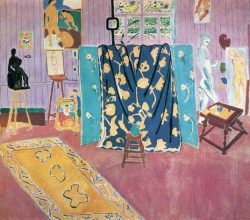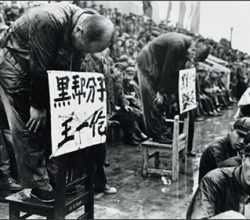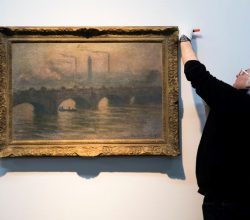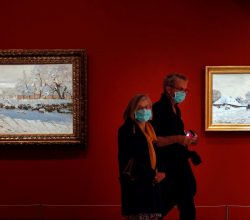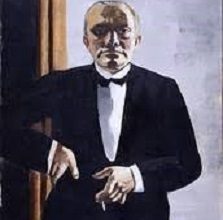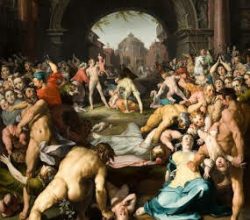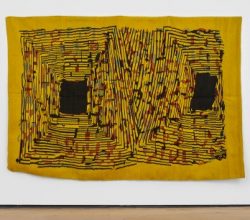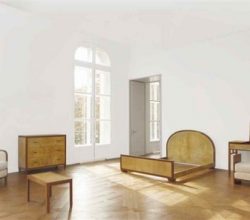
ESSAY: Alexander Calder in Public and Private
Jed Perl and Morgan Meis | The-Easel | 7th July 2020
Alexander Calder’s signal achievement is the mobile. It was profoundly radical in 1930’s Paris – and in a way still is. Why is it so difficult to place its innovator in the broader sweep of 20th century art? This was a central issue for Jed Perl in concluding his biography of Calder.
“Calder didn’t ever want to be constrained by any dogma. Whenever he went into the studio he wanted to make something that would be new in the world. He and his wife, Louisa, were creatures of the 1920s … when people still believed in the freedom of the imagination. It’s important to situate artists in their time and place. But it’s also important to remember that an artistic vocation has its own life and logic. [Calder’s] art is both totally in the world and completely in a world of its own.”


